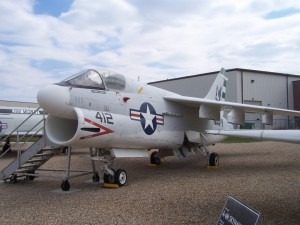This aircraft, Bureau Number 152681, was assigned to the VA-125 (Rough Riders) in Lemoore, California from December 1, 1969, to September 10, 1972.
Our A-7A Corsair arrived on permanent loan from the National Museum of Naval Aviation in Pensacola, FL in 1991. The Corsair was trucked from NATTC Millington, TN by Chuck Schmacher and Jim Ondeck, with the help of Ralph Hafley’s trucks from R R Hafley Crane Services Inc.
In 1993, the aircraft was painted in the colors of the VA-125 Rough Riders.
This aircraft, A-7A CORSAIR II, on loan courtesy of:
the National Naval Aviation Museum at Pensacola, Florida.
BUREAU/SERIAL # 152681 NNAM ACCESSION # 1992.485.001
Interactive Display
Click on a colored PIN to display additional information (text, video, recording, images).
This feature is an extra benefit as you walk around the display in our Airpark.
WIFI is provided for your mobile device. A network QR code or name/password is provided at the desk.
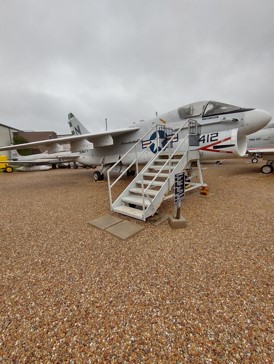


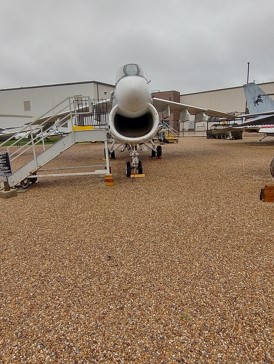



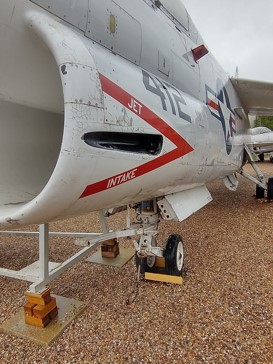




Videos of Interest
Video #1: Includes discussion of heads-up weapons system. Run Time (0:24:52)
Video #2: History of the A7 Corsair II Run Time (0:43:52)
Video #3: Illustrates Heads-Up Display Run Time (0:15:50)
Video #4: HAF A-7 Corsair II in Action Run Time (0:03:47)
History
On 11 February 1964 the US Navy named the former LTV Aerospace Corporation winner of a design competition for a single-seat light attack aircraft. The requirement was for a subsonic aircraft able to carry a greater load of non-nuclear weapons than the A-4E Skyhawk. To keep costs to a minimum and speed delivery it was stipulated by the USN that the new aircraft should be based on an existing design; the LTV design study was based therefore, on the F-8 Crusader. The A-7 shared only a family resemblance to the F-8 Crusaders airframe. The maximum commonality the two aircraft shared was through the use of many previously designed internal components. An initial contract to develop and build three aircraft, under the designation A-7A was made on 27 September 1965.
As the US Navy A-7 was in development, the US Air Force evaluated the design and determined that it met a US Army demand for a dedicated close air support aircraft. On 5 November 1965 the US Air Force announced that it would purchase a version of the A-7, designated the A-7D, for Tactical Air Command. The A-7D differed in engine, systems, and armament from the Navy’s initial A-7A and A-7B models.
US Air Force Corsair IIs were phased out of front-line service by the late 1970s, many aircraft passing to the Air National Guard. Navy aircraft were gradually replaced by the F/A-18 Hornet in the 1980s. The last US Corsairs were retired not long after the 1991 Gulf War.
Production of Corsairs continued through 1984. A total of 1,569 aircraft were built.
ROLE: Carrier-borne and land-based subsonic single-seat tactical attack aircraft.
Crew: One
SPECIFICATIONS
Engine: One Pratt & Whitney TF30-P-6 non-afterburner Thrust (11,350 lbs)
Wing Span: 38 feet 9 inches
Wing Span Folded:23 feet 9 inches
Length: 46 feet 1 1/2 inches
Height: 16 feet 3/4 inches
Empty Weight: 15,037 pounds
Crew: One
Armament: Two MK 12, 20 mm cannons plus 15,000 lbs of mixed ordinance.
PERFORMANCE
Maximum speed: 663 mph.
Cruising speed: 545 mph.
Range: 3,360 miles
Service Ceiling: 33,500 ft.
Previous Duty Stations
A-7A Corsair II
Bureau Number :152681
| Jan 1967: | Entered US Navy inventory at Dallas NASC |
| Jan 1967: | NAS Lemoore, VA-122 |
| Sep 1967: | Ptxnt River NATCSerTE |
| Feb 1969: | NAS Lemoore, VA-122 |
| Jan 1970: | NAS Lemoore, VA-125 |
| Jul 1972: | NAS Point Mugu, VA-305 |
| Apr 1974: | NAS Jacksonville, VA-203 |
| Sep 1977: | Last Assignment VA-203 |
Sqaudron Names:
| VA-122 | Flying Eagles |
| VA-203 | Blue Dolphins |
| VA-305 | Lobos |
